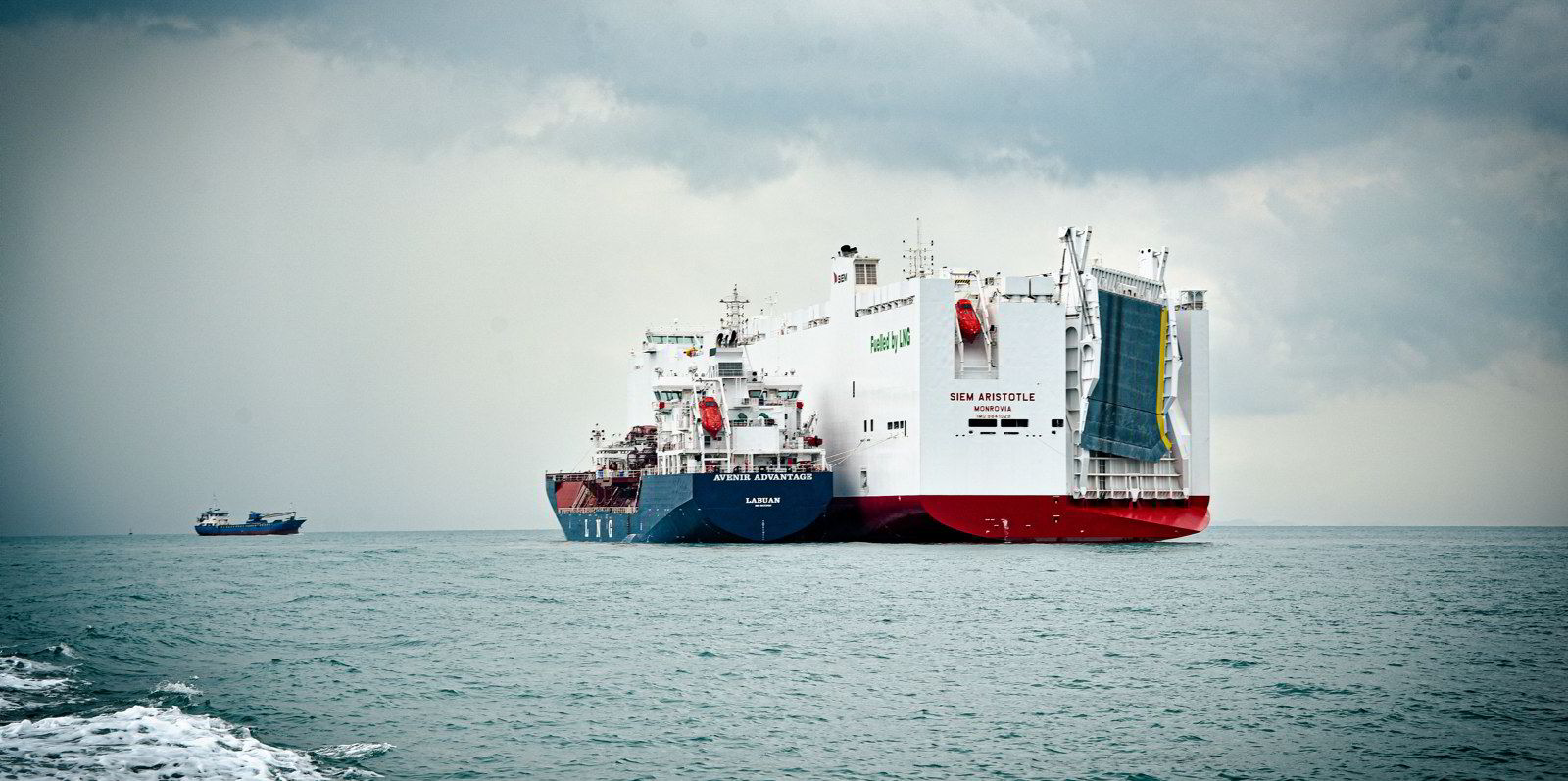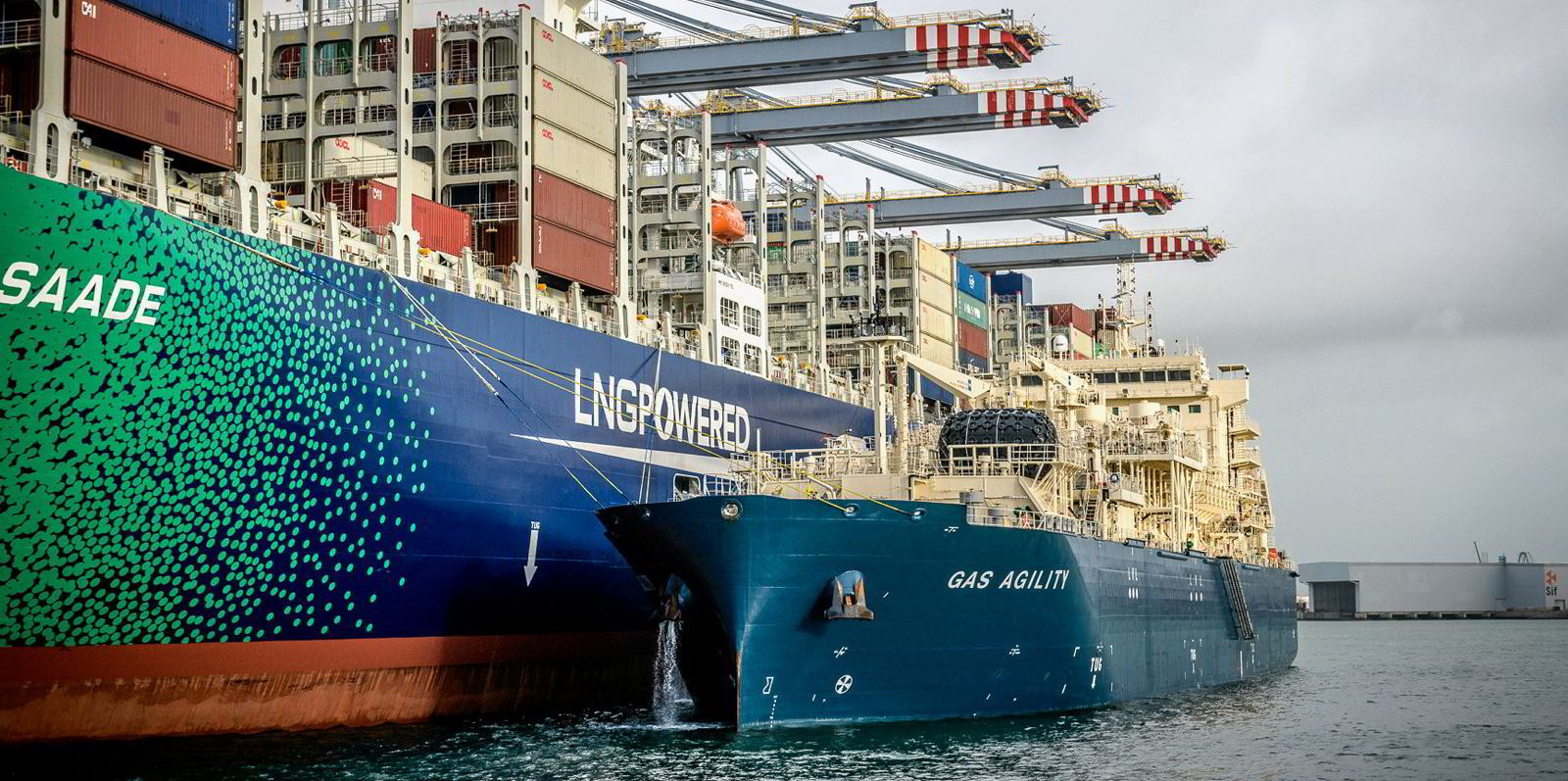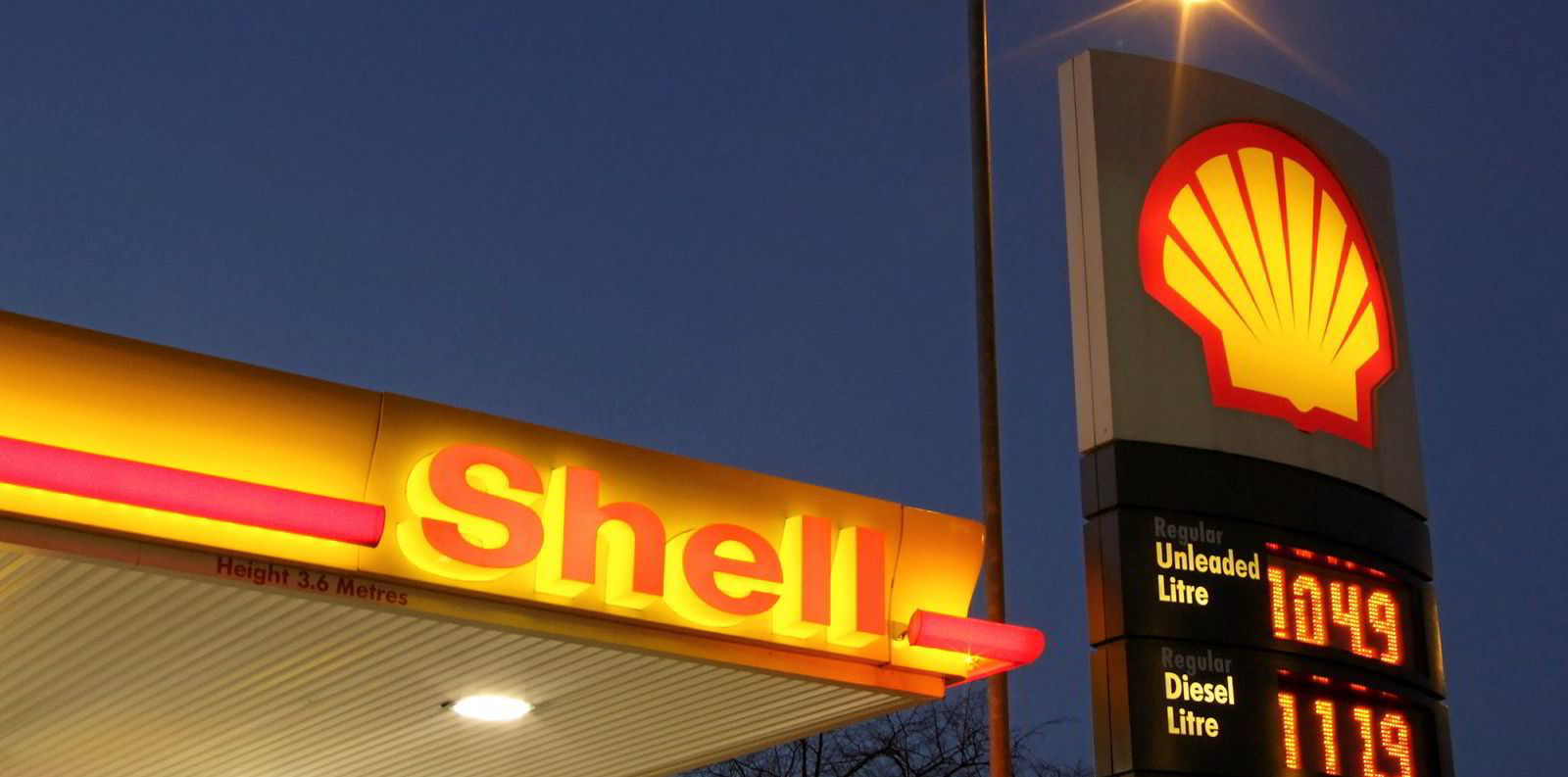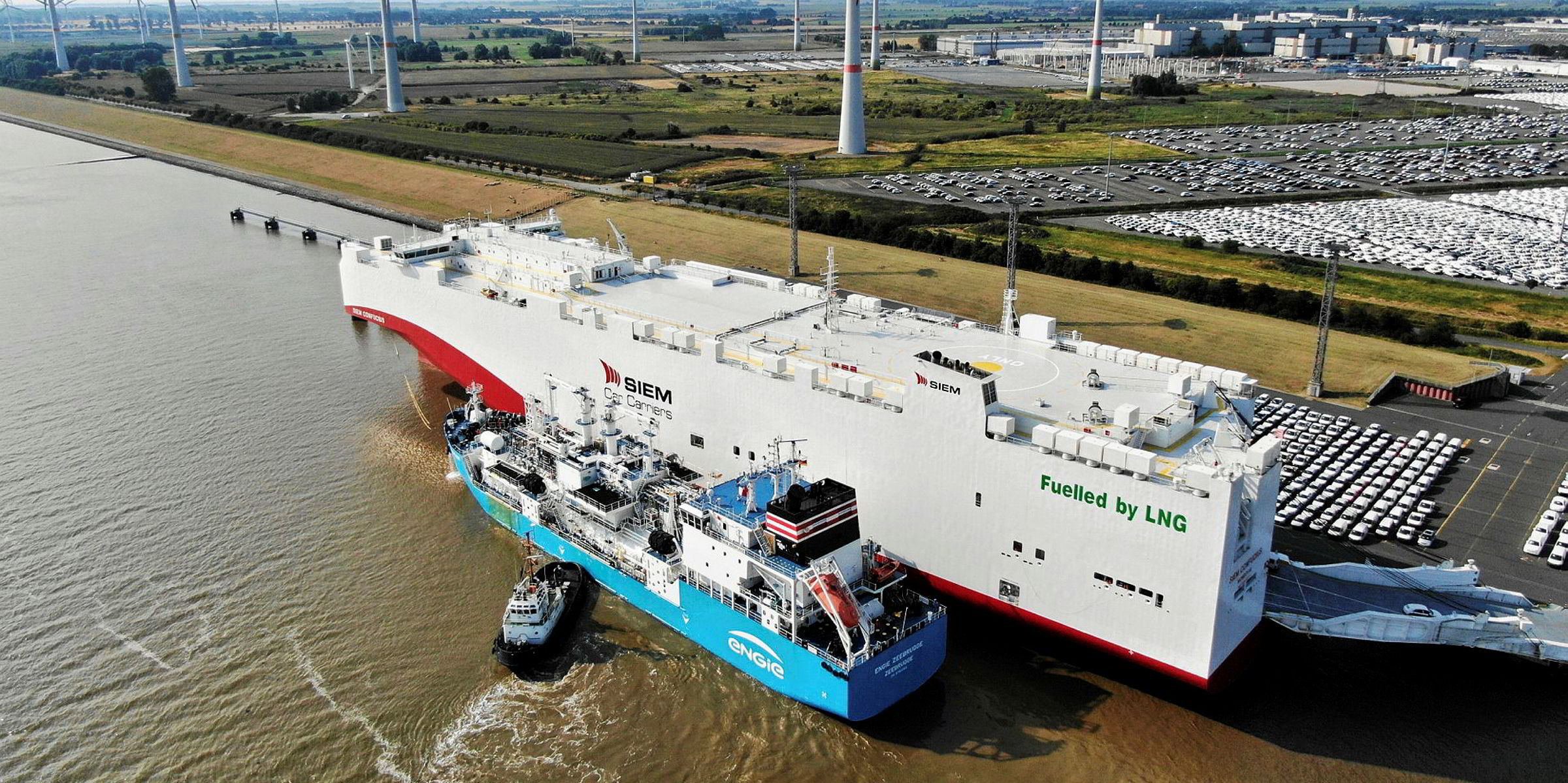Dutch bunker supplier Titan LNG has unveiled two new information tools designed to make it simpler to understand the delivered price of LNG and compare its energy content with other fuels.
The company is publishing a free-to-use overview of LNG prices delivered on board in various quantities at five key locations worldwide in a bid to increase pricing transparency and the cost of LNG as a marine fuel.
Users will be able to view delivered LNG prices for Rotterdam, the North Sea, Baltics region, Mediterranean and Singapore, for parcel sizes of 250 tonnes and 1,000 tonnes.
Go compare
Prices will be shown for three delivery options where applicable, including supply from truck-to-ship, seagoing LNG bunker vessel and Titan’s own 1,500-cbm FlexFueler barges.
In addition, Titan has produced a comparison sheet that shows the costs for LNG as a marine fuel, which is usually priced in euros per megawatt hour, against existing fuels that are priced in euros or US dollars per tonne or MMBtu.
This allows users to input market prices and see them converted into an LNG equivalent.
A paid premium access provides data on forward curves.
Titan LNG commercial director of marine Michael Schaap told TradeWinds that shipowners and operators are used to pricing fuels in dollars per tonne without differentiating between the different energy contents of fuels.

He said to achieve the same energy content of 1,000 tonnes of marine gas oil priced in dollars per tonne would require 815 tonnes of LNG — effectively requiring less fuel to cover the same distance.
“We are making it easy to compare apples with apples,” he said.
We want to be the go-to guys if you want to have concrete information about LNG as a marine fuel
Michael Schaap
Demystifying
Schaap said Titan has noticed from conversations with potential LNG users that they struggle to find any reference prices that are holding them back on decisions relating to using LNG as a marine fuel.
He said Titan’s delivered price spreadsheet shows indicative prices.
“Every situation is slightly different,” he said. “The actual quote will vary on the specifics of the enquiry. It is an assessment.”
Titan makes its own assessment and benchmarks this with local entities, Schaap said.
He admitted that not all competitors want to share this information.
But he he added: “We have a lot of friends.
“It is about demystifying LNG. We take the blanket off and provide more clarity.”
Going global
Schaap said as Titan remains an independent, privately held company it has the opportunity to be more vocal in this market.
“We want to be the go-to guys if you want to have concrete information about LNG as a marine fuel,” he said.
Titan has been building up a global LNG presence from its roots in the Amsterdam-Rotterdam-Antwerp (ARA) region.
The company has delivered LNG as bunkers in Gibraltar, Spain and South East Asia, most recently handling Petronas’ first parcel to Siem Car Carriers’ newbuilding.
Titan has two of its FlexFueler LNG barges under ownership and another pair, plus the 8,000-cbm mothership Hyperion, on order.







